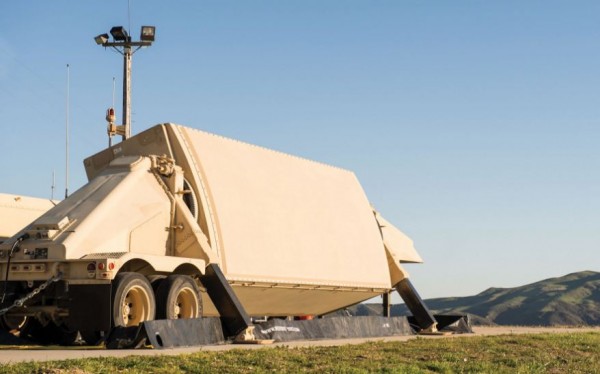Russia has again threatened to retaliate against South Korea for the latter's unyielding decision to deploy the U.S. Theater High Altitude Area Defense (THAAD) anti-ballistic missile system to its shores beginning in May.
Russia first threatened South Korea with dire consequences after Seoul decided to deploy THAAD in July 2016 to counter the imminent threat from North Korean ballistic missiles. From 2006 to 2016, North Korea conducted five nuclear tests and more than 20 ballistic missile tests in 2016 alone.
China and Russia oppose the deployment of THAAD, claiming the system's long-range X-band radar will allow the U.S. to better intercept any intercontinental ballistic missile they fire against the U.S. mainland.
On Feb. 3, Russian ambassador to South Korea Alexander Timonin said Moscow will take measures if Seoul chooses to go ahead and deploy THAAD, which it's already done.
Timonin said if THAAD is placed in position, Russia has no choice but to take steps to ensure its security.
"A THAAD deployment may have a dangerous impact on the situation on the peninsula...We regard it as part of the U.S. global missile defense program, which is stationed along the Russian borders and therefore poses a threat to our security," said Timonin.
Timonin did not specify what type of retaliation Russia had in mind, however. Like China, Russia might choose economic and cultural sanctions such as boycotts against South Korea.
In July 2016, however, Russia said it might deploy more missile systems to Asian Russia, including the Kuril Islands off northeast Japan, said a source close to Russia's foreign minister, Sergei Lavrov.
"The possible responsive measures to a THAAD system in South Korea may include deployment of new striking forces in Russia's Far East. For example, warships of the Pacific Fleet could be equipped with Kalibr missiles," said Leonid Ivashov, president of the Academy of Geopolitical Problems.
The Kalibr missile system is a cruise missile used for land attack, anti-ship and anti-submarine missions. It was famously used in October 2015 when Russian warships on the Caspian Sea fired 26 Kalibr-NK missiles at targets (mostly U.S.-allied resistance groups) in Syria.
One THAAD battery will be deployed in South Korea by May. It will be under the operational control of the United States Forces Korea (USFK), the joint headquarters through which U.S. combat forces are deployed to the U.S.' and South Korea's combined ground, air, naval, marine and special operations forces component commands.
A THAAD battery consists of six mobile launchers, 48 missiles, airborne radar and fire control system. Its X-band radar can detect missiles 2,000 kilometers away on a forward-based mode and 600 kilometers on a terminal mode.


